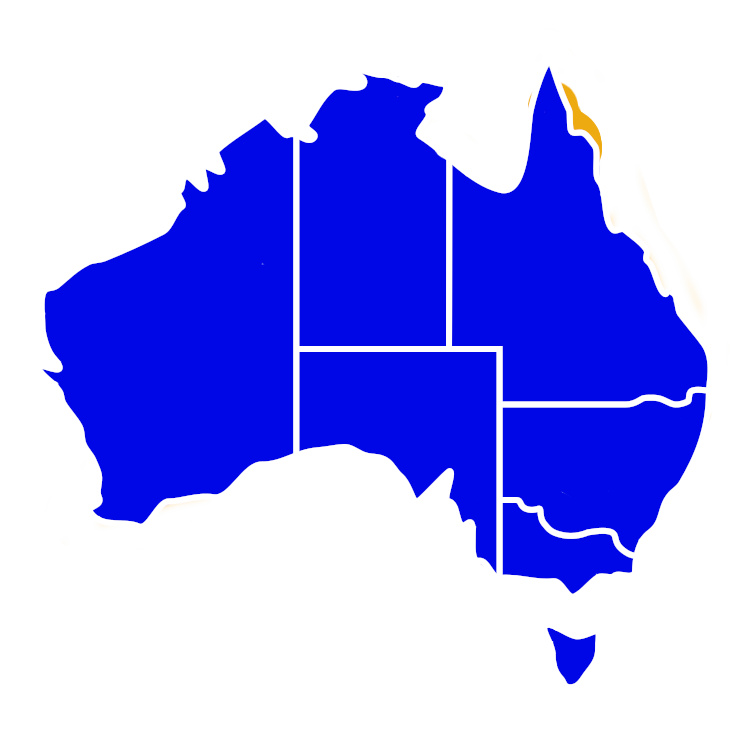Quick Facts
Distribution

Interesting Info
- The Bullseye Wriggler fish are found mainly in the waters around Cape York Peninsula and the Torres Strait, in Far North Queensland.
- They have a distinctive appearance, with a round, compact body shape and a light brown or grey coloration with black spots. They have large eyes positioned towards the top of their head, which allows them to see their prey easily.
- They are known to be solitary fish, but can occasionally be found in pairs or small groups.
- The Bullseye Wriggler fish is a carnivorous species, feeding on small crustaceans and other small marine animals.
- Bullseye Wrigglers are known to be nocturnal, and are active during the night when they search for food.
- They have a unique spawning behaviour, where the males carry the eggs in their mouths until they hatch.
- They have a relatively short lifespan, living for an average of 2 to 3 years
Species Interaction
Snorkeling & Diving
The Bullseye Wriggler fish, can be difficult to spot while snorkeling or diving, as they have a small size and a well-camouflaged appearance that blends in with their surroundings. They are known to be nocturnal, so they may be more active and visible during night dives or snorkeling sessions.
Scientific Classification
Kingdom: Animalia
Phylum: Chordata
Class: Actinopterygii
Order: Perciformes
Family: Xenisthmidae
Genus: Xenisthmus
Species: Xenisthmus polyzonatus
Conservation Status
According to the International Union for Conservation of Nature (IUCN), the conservation status of the Bullseye Wriggler fish, is currently categorised as “Least Concern”. This means that the species is not currently at risk of extinction, but its population and habitat should continue to be monitored to ensure that they remain stable.
Recreational Viewing
- Snorkeling & Scuba
Finding: Difficult
Temperament: Peaceful
Location: Inner Reef, Outer Reef, Lagoon
Danger: None



